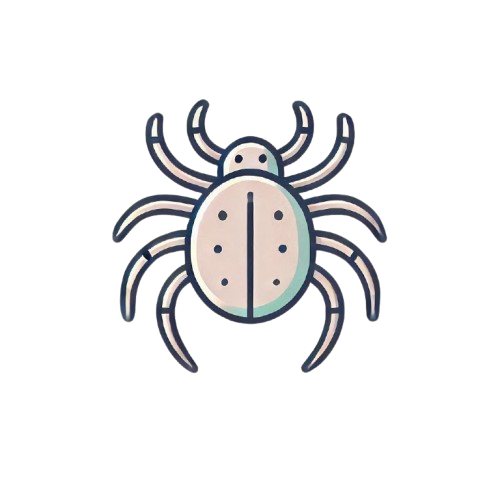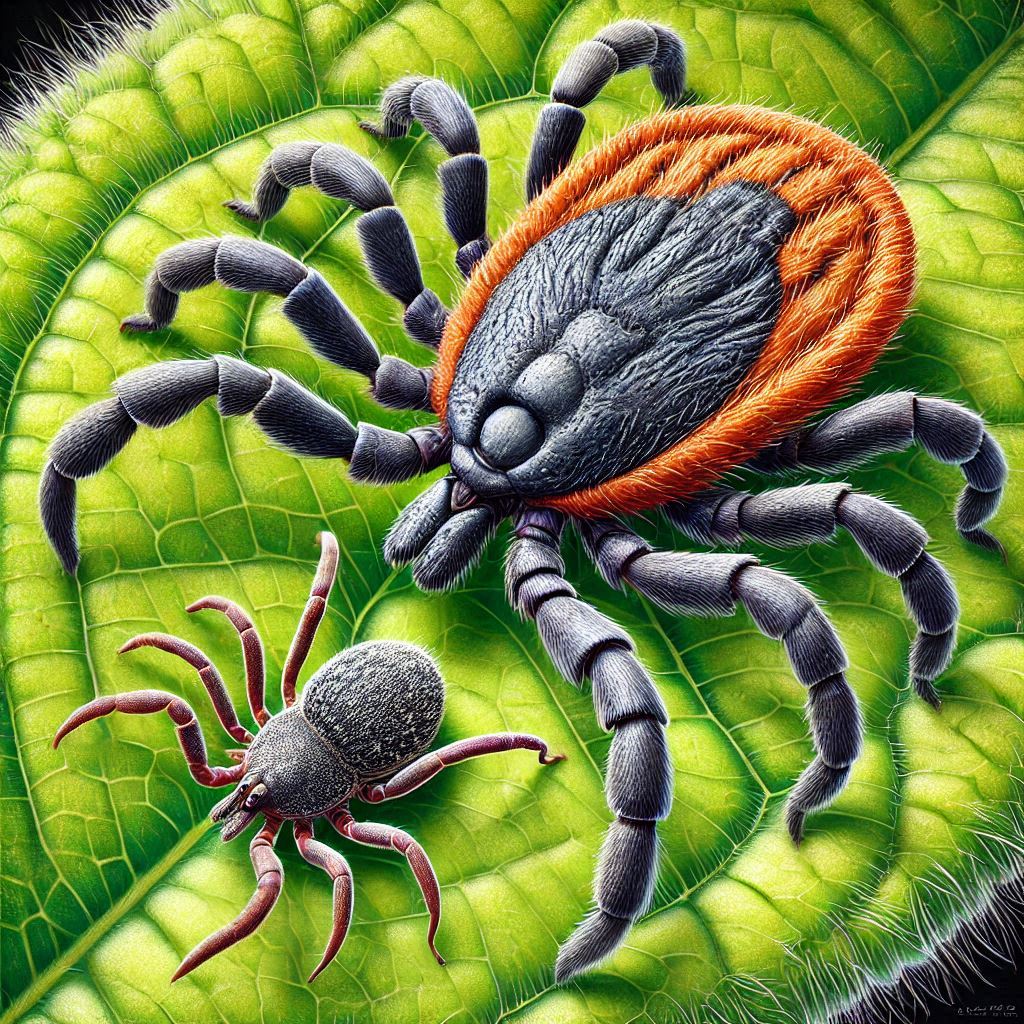-
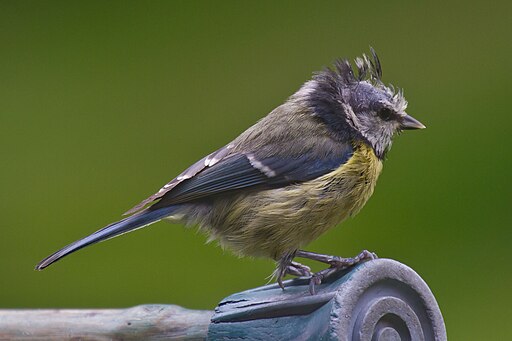
Introduction Bird mites are small but significant creatures that can affect both birds and humans. In this article, we will explore what bird mites are, their life cycle, how they interact with their hosts, their impact on humans, and how to prevent and control them. What Are Bird Mites? Bird mites are tiny parasites belonging…
-

Introduction The Lone Star Tick (Amblyomma americanum) is a prominent species of tick widely recognized for its distinct white spot on the back of adult females. Predominantly found in the southeastern and eastern United States, this tick has garnered significant attention due to its expanding range and the array of diseases it can transmit to…
-

Previously, we have written a comprehensive article about American Dog Ticks. You may read it here. Now, we want to indulge your curiosity with 50 fun facts about them. Enjoy the list! General Information Physical Characteristics Life Cycle Habitat and Behavior Feeding Disease Transmission Prevention and Control Ecology and Role in the Environment Research and…
-

Introduction The American dog tick, also known as Dermacentor variabilis, is a species of hard tick that is notorious for being a vector of several diseases, including Rocky Mountain spotted fever and tularemia. Found primarily in North America, this tick has a significant impact on both animal and human health. Habitat and Distribution The American…
-

Acarology, the study of mites and ticks, is a niche field in the vast realm of scientific disciplines. While its importance is unquestionable, given its implications for agriculture, health, and biodiversity, it remains less known than other scientific fields. Several factors contribute to this obscurity, ranging from the nature of the organisms studied to the…
-
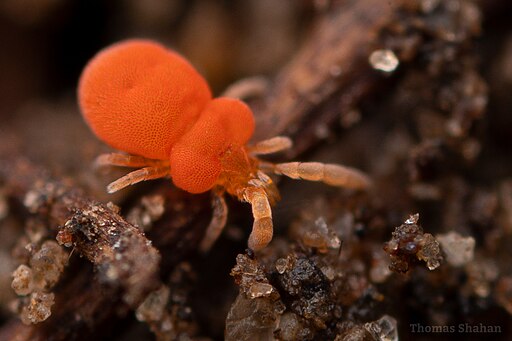
Overview Information about Harvest Mites Harvest mites, members of the family Trombiculidae, are tiny arachnids best known for their parasitic larval stage, commonly referred to as chiggers. These mites have a complex life cycle that includes egg, larva, nymph, and adult stages. While the adults and nymphs are free-living and feed on small arthropods or…
-
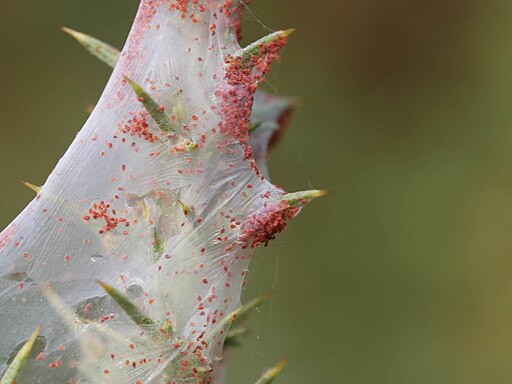
Spider mites can infest more than 1,200 species of plants. Here are the 100 of them: Spider mites are quite adaptable and can infest both indoor and outdoor plants. Overview Information about Spider Mites Spider mites are tiny arachnids that belong to the family Tetranychidae. Here are some key points about them: Appearance Life Cycle…
-
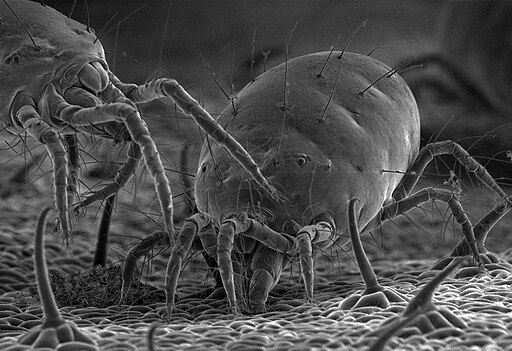
Tiny Size: Spider mites are less than 1 mm in size. Arachnids: They belong to the arachnid family, which includes spiders and ticks. Piercing-Sucking Mouthparts: They use these to feed on plant sap. Webbing: Many species spin silk webs for protection. Color Variations: They come in various colors, including red, green, yellow, and orange. Two-spotted…
-
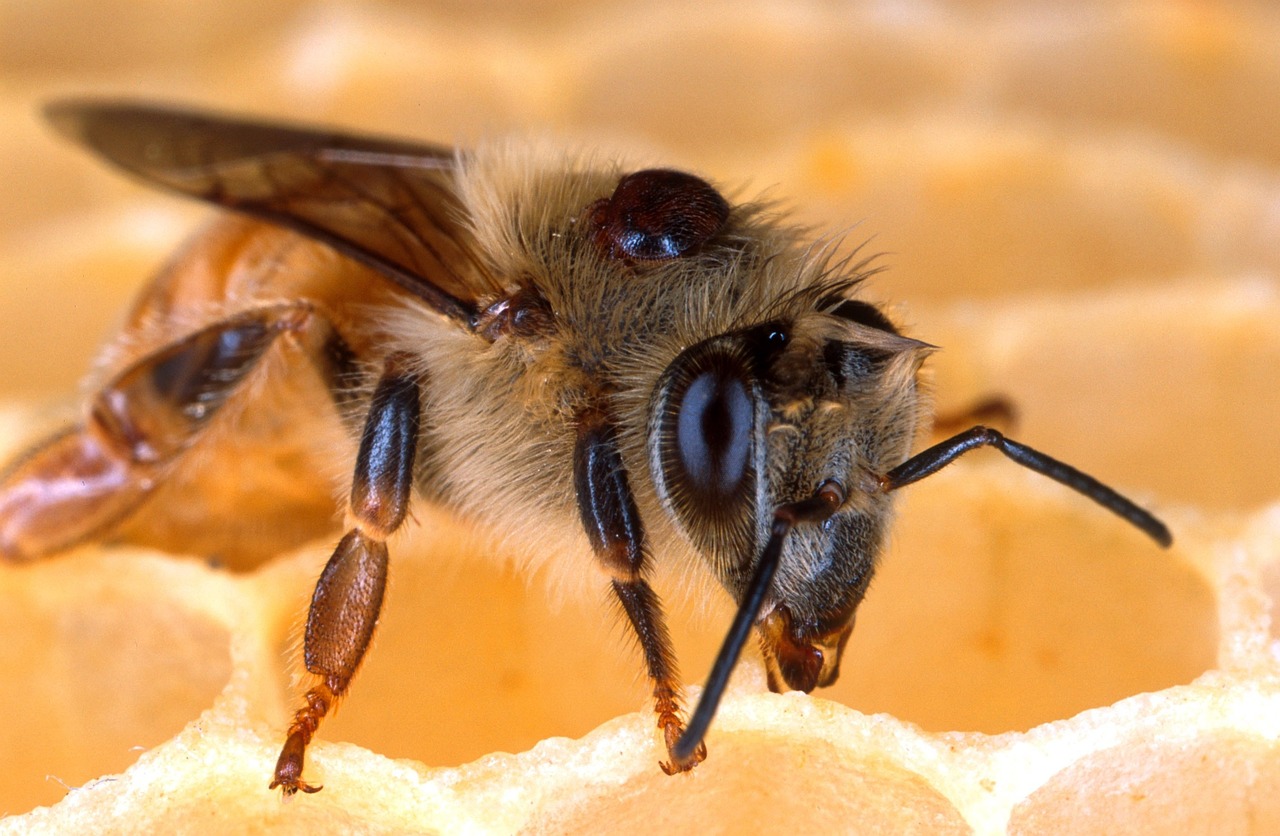
Varroa mites (Varroa destructor) are tiny, reddish-brown external parasites that primarily affect honey bee colonies. They are considered a threat to beekeeping and honey bee populations worldwide. Here is a quick overview of varroa mites The Lifecycle of Varroa Mites The lifecycle of Varroa destructor is intricate and tailored to maximize its reproductive success while…
